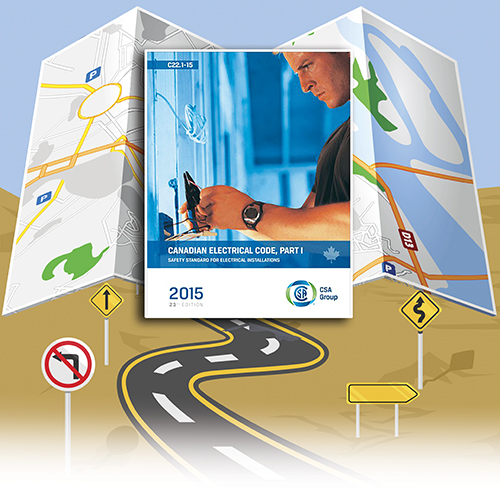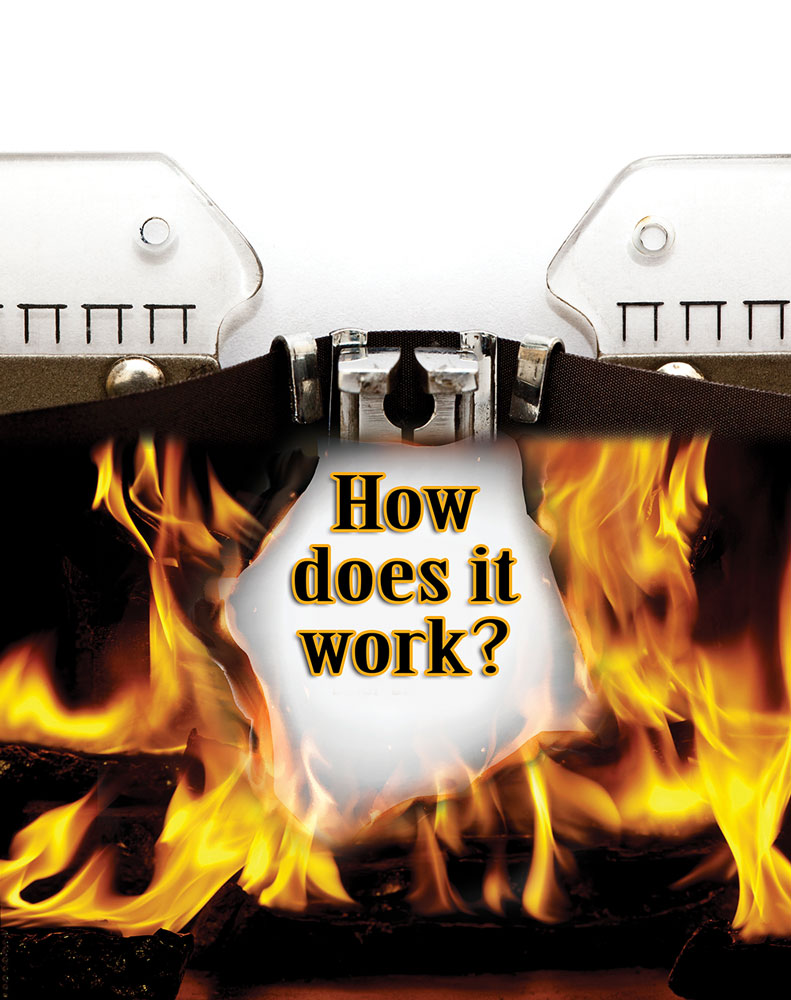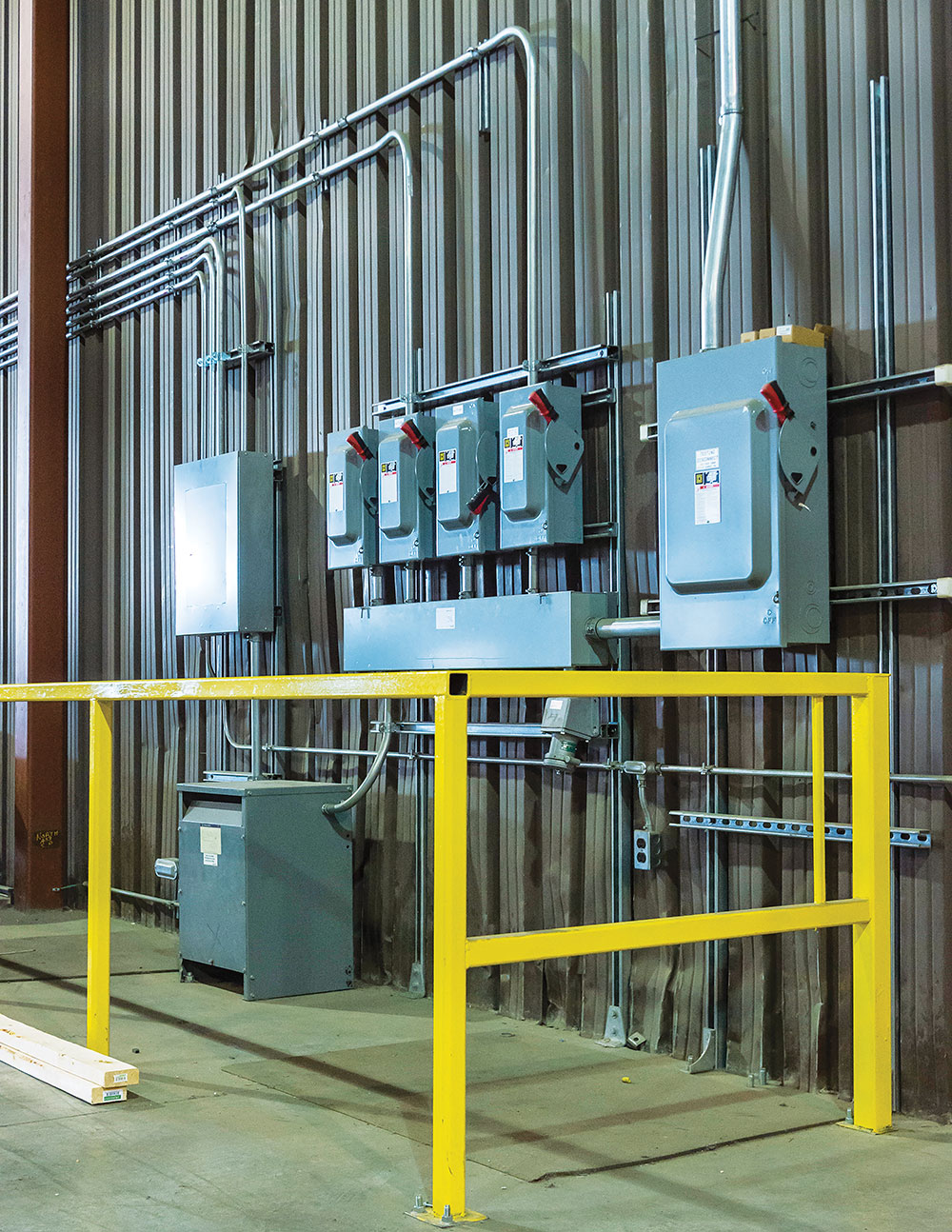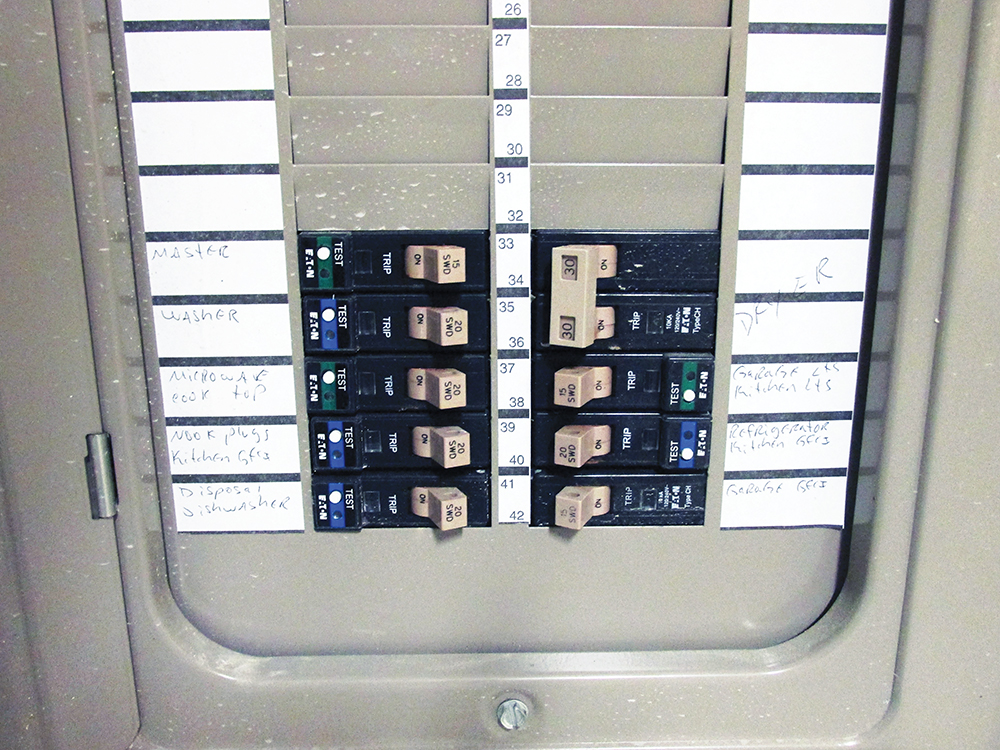Although field evaluation process is well-established in the industry, it is not consistently understood by the industry stakeholders.
By this time, the subject of FT marking for combustible insulation and jackets of conductors and cables should be well understood by the Canadian Electrical Code (CE Code, Part I) users.
Guide to the Canadian Electrical Code, Part I – Section 12 Wiring Methods: Installment 8 in a Series
It should be noted that while many other sections of the CE Code are commonly used by designers, installers and regulators, Section 12 is mostly used by electricians and by electrical inspectors.
This is the first of a series of articles detailing significant changes approved by the Technical Committee for the 2018 Canadian Electrical Code Part I (CE Code).
Section 10 is a general section of the Canadian Electrical Code and applies to all installations unless amended by other Sections of the CE Code.
To start with let’s look at the different types of ground fault protection. The remainder of this article will focus on ground fault protection requirements for distribution equipment.
I was recently asked this question by a group of electrical engineers in conjunction with the NFPA 20 requirement for an overcurrent device protecting feeder conductors to the fire pump controller from the normal power supply source to carry a fire pump locked rotor current indefinitely.
This article will focus on overcurrent protection and conductor sizing for low-voltage transformers in the Canadian Electrical Code.
Section 8 is a general section of the CE Code. It provides the information you need to select the conductor ampacities and equipment ratings for consumer’s services, feeders, and branch circuits.
Although “control devices” are not specifically defined in the Canadian Electrical Code, Part I, application of control devices is well-described throughout the Code, and particularly in Section 14.








